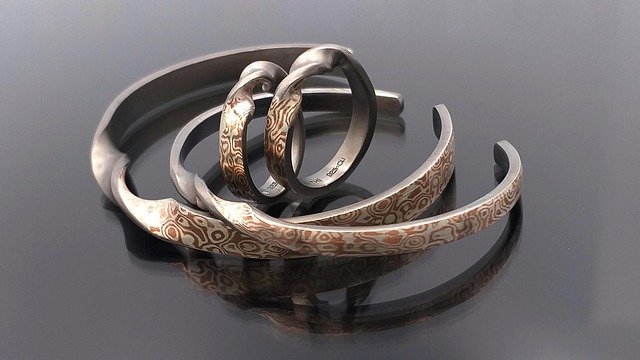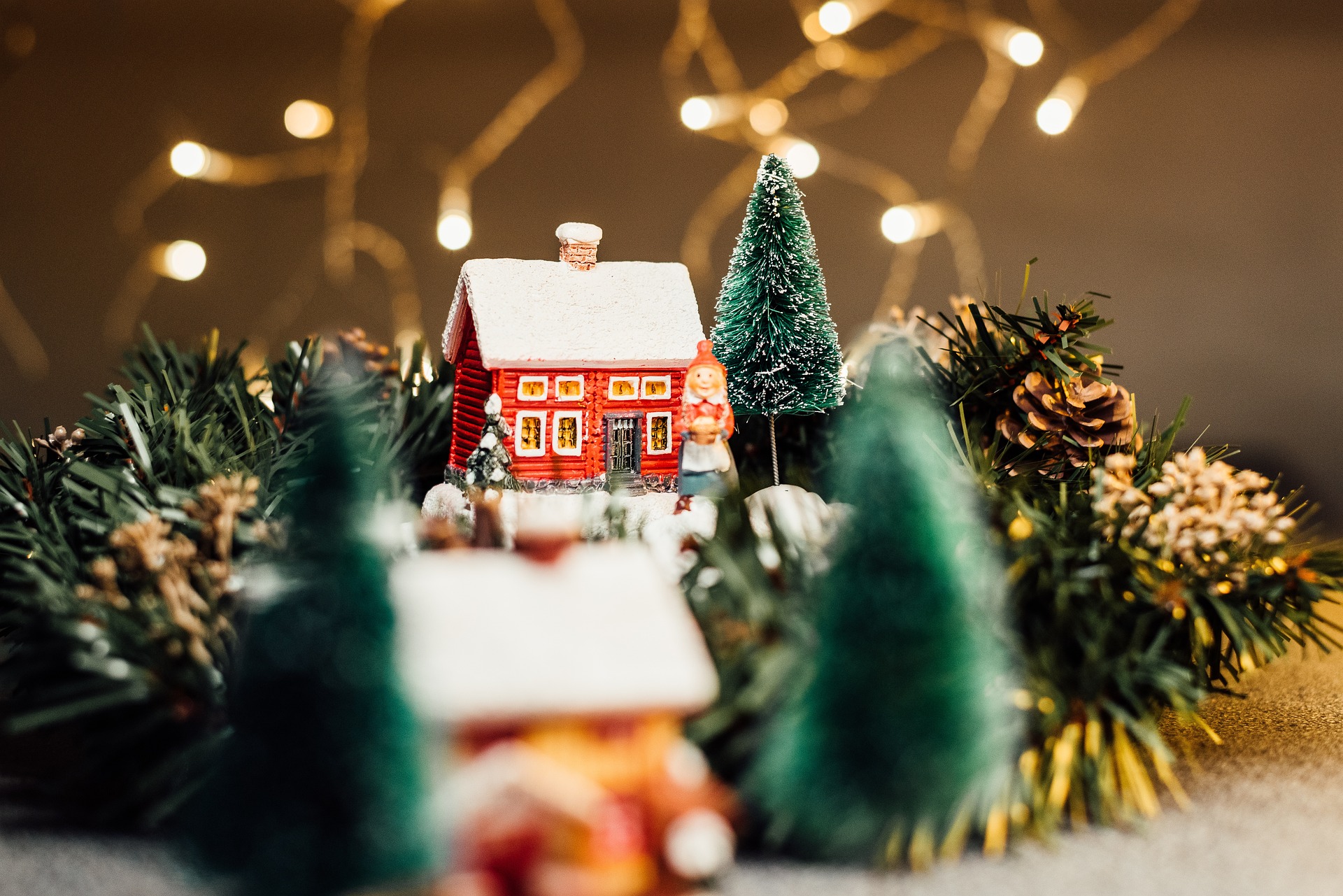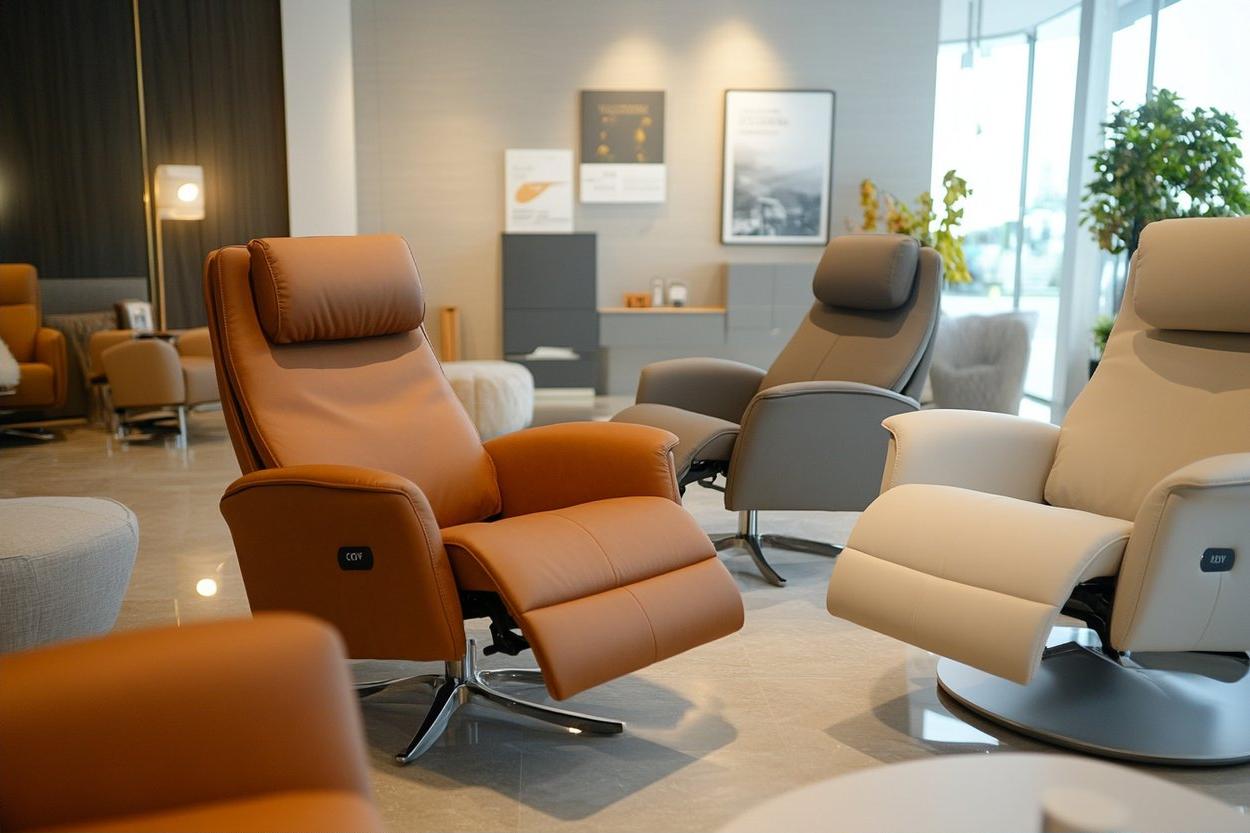Vintage Jewelry – Classic Styles and Timeless Appeal
Vintage jewelry captures the beauty and artistry of past decades, offering distinct details rarely seen today. From iconic motifs to handcrafted elements, each piece tells its own story. Explore what makes vintage jewelry a lasting source of style and inspiration.

Vintage jewelry offers a fascinating journey through fashion history, where each piece tells a story of its era’s artistic movements, social changes, and technological advances. These treasured accessories have transcended their original time periods to become coveted elements in modern jewelry collections.
Overview of Popular Vintage Jewelry Eras and Design Features
The Victorian era (1837-1901) marked the beginning of modern jewelry design with its romantic and sentimental themes. Early Victorian pieces featured nature-inspired motifs like flowers, leaves, and serpents, often crafted in yellow gold with garnets, pearls, and coral. The later Victorian period embraced darker themes following Prince Albert’s death, incorporating jet, onyx, and mourning jewelry.
The Art Nouveau movement (1890-1910) revolutionized jewelry design with flowing, organic forms inspired by nature. Craftsmen like René Lalique created pieces featuring dragonflies, butterflies, and flowing hair, often using unconventional materials like horn, glass, and enamel alongside precious stones.
Art Deco (1920-1935) brought geometric precision and bold contrasts to jewelry design. This era emphasized clean lines, symmetrical patterns, and striking color combinations. Platinum became the preferred metal, often paired with diamonds, emeralds, rubies, and sapphires in geometric settings that reflected the machine age’s influence.
Retro jewelry (1935-1950) emerged during wartime restrictions, featuring larger, more sculptural designs in rose and yellow gold. These pieces often incorporated semi-precious stones and emphasized volume over precious materials due to wartime rationing.
Tips for Identifying Materials, Motifs, and Craftsmanship
Authentic vintage jewelry requires careful examination of several key elements. The quality of craftsmanship often distinguishes genuine vintage pieces from modern reproductions. Hand-finished details, irregular tool marks, and slightly imperfect symmetry typically indicate authentic vintage work, as machine precision was less common in earlier periods.
Metal composition provides crucial dating clues. Pre-1930s pieces often feature 14k or 18k gold, while platinum usage peaked during the Art Deco period. Silver pieces from the Victorian era may show a darker patina, and the presence of nickel silver suggests early 20th-century manufacture.
Hallmarks and maker’s marks offer definitive identification when present. European pieces typically bear assay marks indicating metal purity, while American pieces may feature manufacturer stamps or patent dates. The style and placement of these marks can help determine authenticity and origin.
Stone settings reveal important information about age and authenticity. Victorian pieces often feature closed-back settings, while later periods embraced open-back mounting to maximize light reflection. The cutting style of gemstones also indicates era, with old mine cuts common in Victorian pieces and brilliant cuts becoming standard by the 1920s.
Ideas for Styling Vintage Pieces in Everyday Outfits
Incorporating vintage jewelry into contemporary wardrobes requires balancing historical character with modern sensibility. A single statement piece often works better than multiple vintage items, allowing the jewelry to serve as a focal point without overwhelming the overall look.
Victorian brooches translate beautifully to modern styling when worn on lapels, scarves, or even as hair accessories. Their intricate detailing adds sophistication to simple blazers or sweaters, creating an interesting juxtaposition between old and new.
Art Deco pieces complement clean, minimalist clothing particularly well. A geometric bracelet or angular earrings can elevate a simple black dress or tailored suit, echoing the era’s emphasis on sleek sophistication.
Layering vintage and contemporary pieces creates dynamic, personalized looks. A vintage chain might be paired with a modern pendant, or antique rings mixed with contemporary bands to create an eclectic yet harmonious combination.
Color coordination helps integrate vintage pieces seamlessly. Warm-toned vintage gold complements earth tones and jewel colors, while cooler platinum and silver pieces work well with blues, grays, and crisp whites.
| Era | Key Features | Popular Materials | Styling Tips |
|---|---|---|---|
| Victorian | Romantic motifs, sentimental themes | Yellow gold, garnets, pearls | Pair with modern classics for contrast |
| Art Nouveau | Flowing organic forms, nature themes | Mixed metals, enamel, glass | Complement bohemian or artistic styles |
| Art Deco | Geometric patterns, bold contrasts | Platinum, diamonds, colored stones | Perfect with minimalist, structured clothing |
| Retro | Large sculptural designs, volume | Rose/yellow gold, semi-precious stones | Balance with simple, understated outfits |
Vintage jewelry represents more than mere accessories; these pieces embody the artistic vision, cultural values, and technical innovations of their respective eras. Whether drawn to Victorian romanticism, Art Nouveau’s organic beauty, Art Deco’s geometric precision, or Retro’s bold statements, vintage jewelry offers endless possibilities for personal expression. Understanding the historical context, identifying authentic pieces, and thoughtfully incorporating them into modern wardrobes ensures these treasures continue to captivate and inspire future generations while maintaining their timeless appeal in contemporary fashion.




